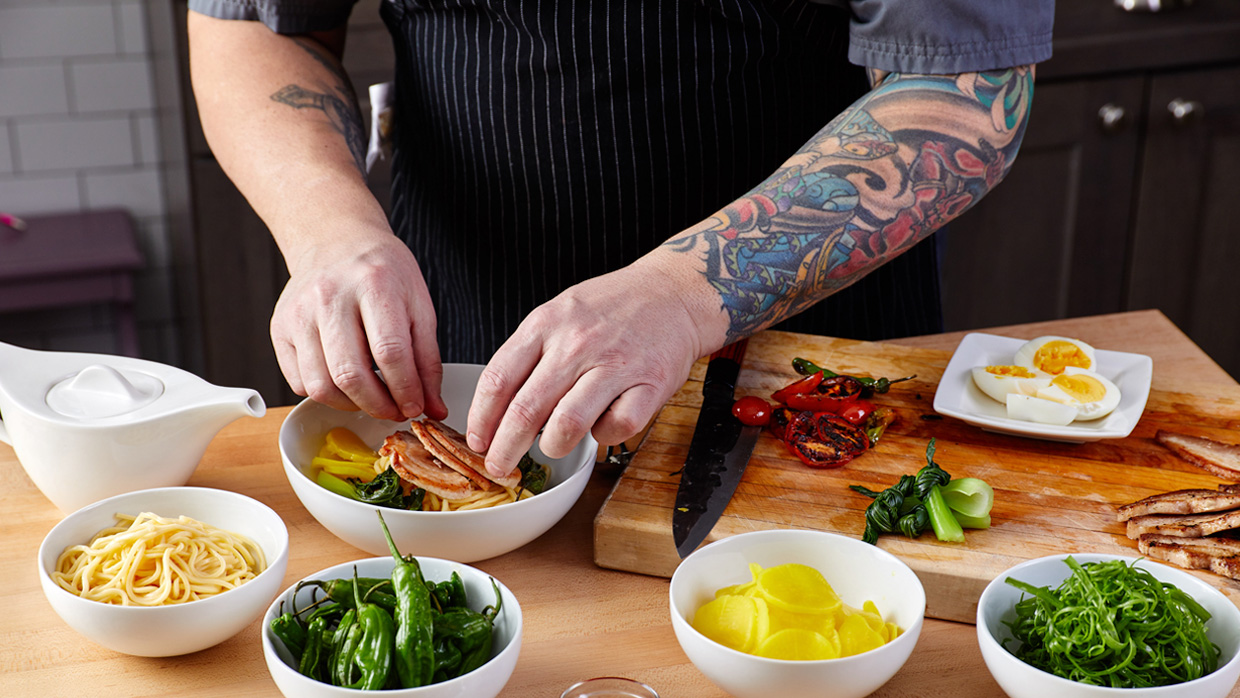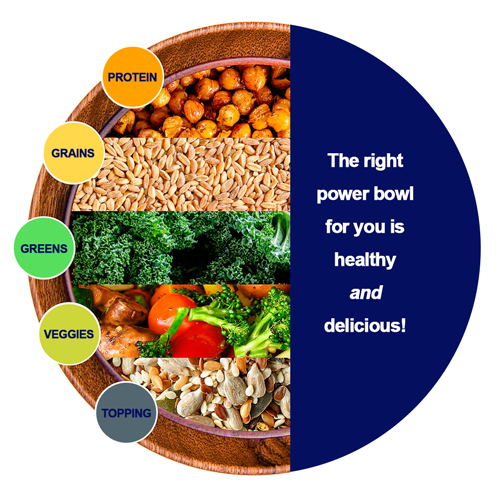Plant-Forward Fuel: Tips for gradually shifting to plant-based eating

by Nicole Reilly, MS, RD
Registered Dietitian for Universities, Sodexo North America
These days, people are making lifestyle changes with the health of the planet in mind. And students are at the forefront of this trend. At college campuses across the nation, they’re looking for delicious and flavourful plant-based options to fuel their day.
If you are looking to shift to an eating pattern that is good for your health, the environment, and your wallet, a plant-forward, or flexitarian diet might be the perfect fit. This way of eating emphasizes plant-based foods, such as fruits, vegetables, grains, legumes and nuts/seeds while limiting animal products, such as meat, dairy products and eggs.
Eating Plants is Good for the Planet
Growing, processing, and transporting food requires large amounts of energy and resources before it gets to the table. In fact, food production is responsible for 30% of global greenhouse gas emissions, a potent driver of climate change. Animal products, specifically red meats, have higher environmental impacts when compared to other foods, so limiting your intake can lessen your carbon footprint*.
Challenging the All-or-Nothing Mentality
Making dietary changes that eliminate major food groups or are drastically different from our current routine can be tough. These changes can often be unsustainable, or we feel too overwhelmed to even start. Eating a plant-forward diet gives you flexibility and allows you to make small shifts towards eating more plant-based meals rather than committing to a completely plant-based or vegan lifestyle.
Simple Tips for Success
Having a plan is essential to success when you are juggling school, work, and extra-curricular activities.
- Start by making one or two small changes. Consider adding two vegan meals per week, reducing portions of animal-based proteins, or choosing poultry or fish instead of red meats.
- Include enough protein and healthy fats in meals and snacks so that you feel satisfied. Choose a hearty serving of beans or lentils, nuts/seeds, tofu, tempeh, or seitan for protein and nuts, seeds, olive oil, or avocado for some healthy fats!
- Take the time to plan out a few meals each week, whether you are preparing meals for yourself or dining out. You’ll be more likely to follow through at the end of a long day.
- Pick a few new vegetarian or vegan recipes to add to your routine each month to keep things fresh and exciting. Check out Sodexo’s Future 50 or Mindful recipes for inspiration.
- Prepare a large batch of vegetable soup, stew or casserole to enjoy throughout the week. Freeze extras to prevent food waste, a win-win for your wallet and the environment!
- Meal prep versatile ingredients, such as whole grains, a few types of roasted vegetables, and air-fryer tofu, to mix and match in meals. Roasted veggies can go into a hummus wrap, added to fried rice, or as a topping for pizza.
- Stock your fridge and pantry with convenience items such as canned beans, veggie burgers, hummus, nuts/nut butters, and frozen veggies, for snacks or meals in a pinch.
- Replace half of the meat in a recipe with beans, grains, or hearty vegetables. Try buffalo chicken/cauliflower tacos, mushroom Bolognese, or beef and lentil burgers.
Plant-Powered Power Bowls
Grain bowls are versatile and great for dinners and lunches on the go. With so many ingredient and flavour profiles to choose from, the options are endless. Here are a few ideas to get you started.

Graphic: The right power bowl for you is healthy and delicious. Protein, grains, greens, veggies, topping.
This article was first published on us.sodexo.com.